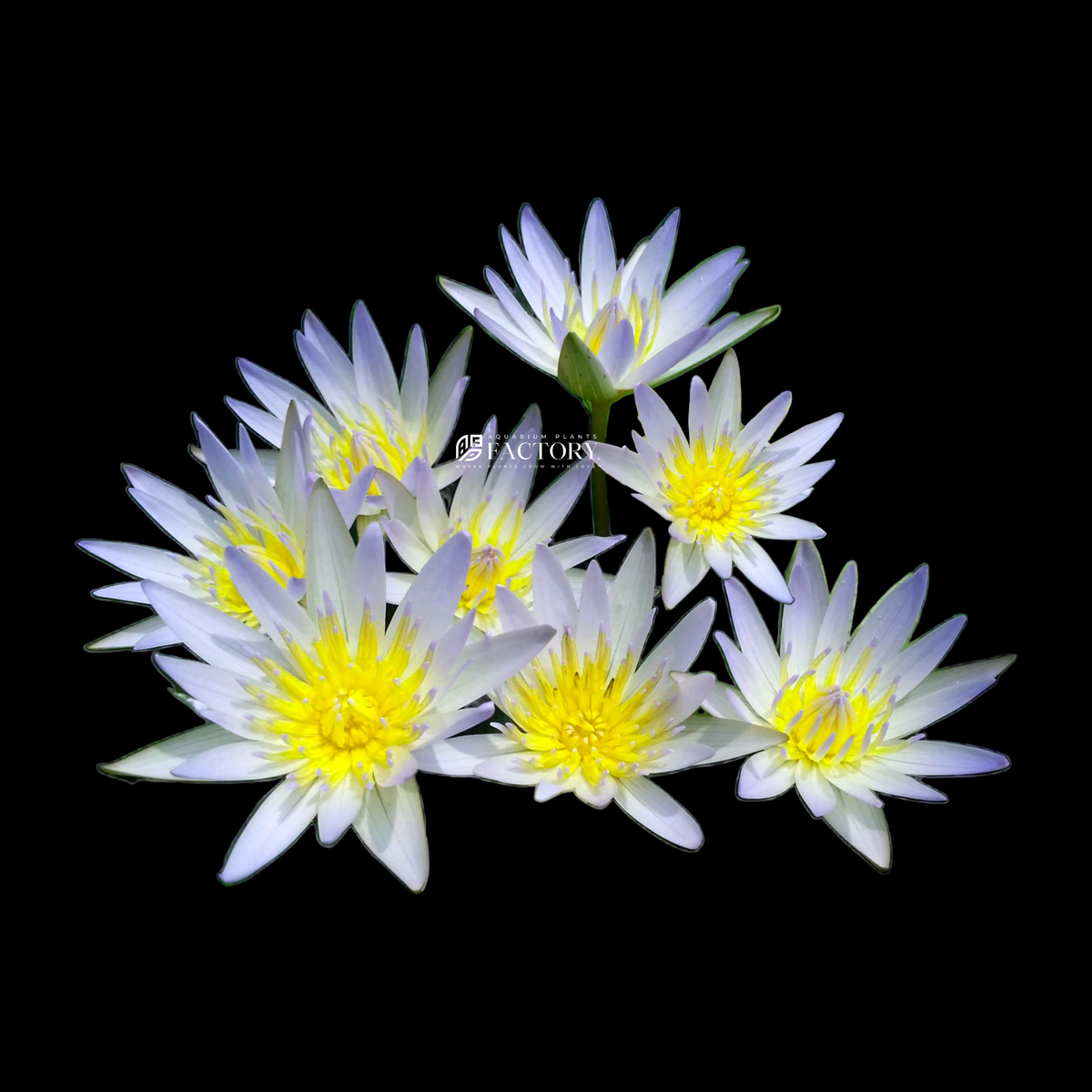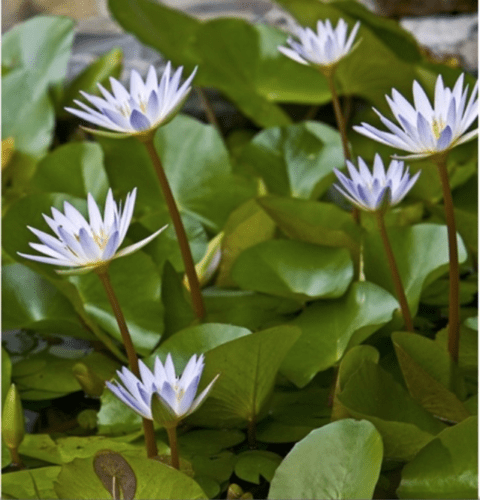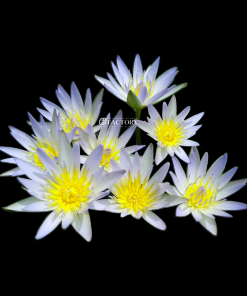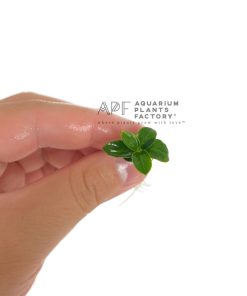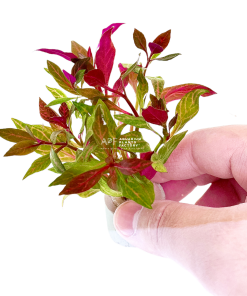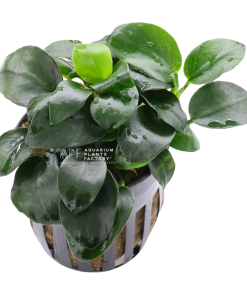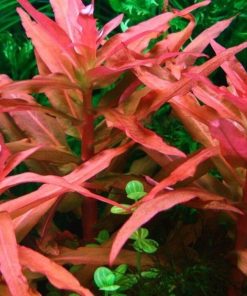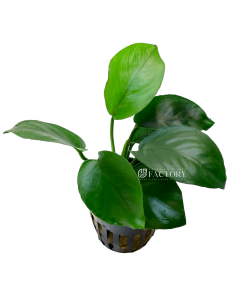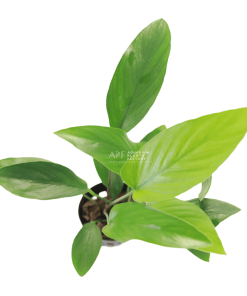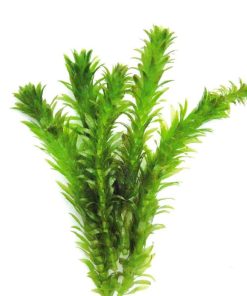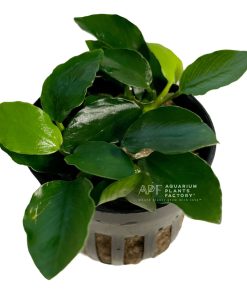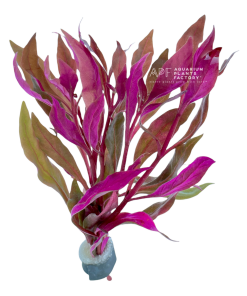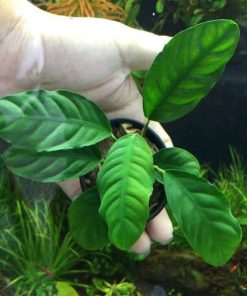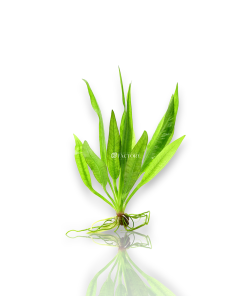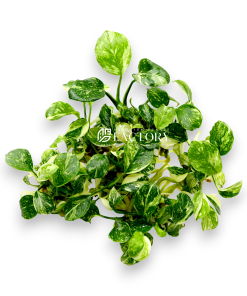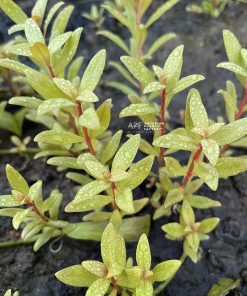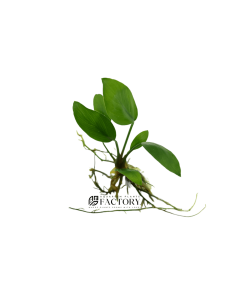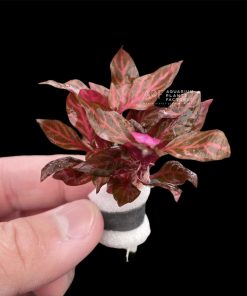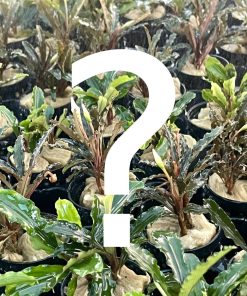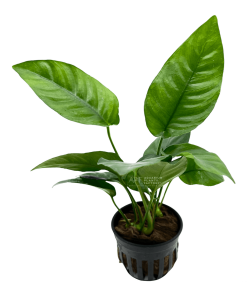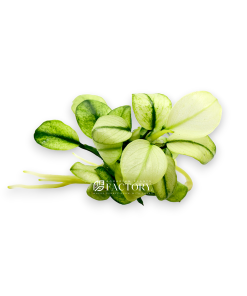Nymphaea Daubenyana | Blue Tropical Water Lily Aquarium Plants Factory
$ 22,99 $ 13,79
Nymphaea × daubenyana is an exquisite aquatic plant that brings a touch of elegance to ponds and water gardens. This natural hybrid, originating from the cross between Nymphaea micrantha and Nymphaea nouchali var. caerulea, is notable for its vibrant blue flowers and unique vegetative characteristics.
Key Features:
- Vibrant Blue Flowers: The star-shaped flowers of Nymphaea × daubenyana are a striking blue, measuring about 10 cm in diameter. The petals are narrow with an acute apex, and the flowers emit a pleasant fragrance, making them a delightful addition to any water garden.
- Distinctive Foliage: The leaves are cordate to elliptical-roundish, up to 30 cm wide, with a bright green adaxial surface marked by red, and a pale brownish-red abaxial surface. These leaves provide a lush, green backdrop that highlights the vibrant flowers.
- Tuberous Rhizome: This water lily grows from a tuberous rhizome, which helps it anchor firmly in the pond substrate.
Optimal Conditions:
- Sunlight: Prefers full sun to partial shade, requiring at least 6 hours of direct sunlight daily to thrive.
- Water Depth: Best planted at a depth of 12 to 36 inches in still or slow-moving water.
- Soil Type: Thrives in heavy clay or loam soils, typically planted in containers submerged in the pond for best results.
Benefits:
- Aesthetic Appeal: Enhances the visual appeal of any pond with its vibrant blue flowers and lush green foliage.
- Wildlife Attraction: Attracts beneficial wildlife such as bees and dragonflies, contributing to a healthy pond ecosystem.
- Cold Tolerance: Despite being a tropical water lily, Nymphaea × daubenyana is relatively cold-tolerant, making it suitable for a variety of climates.
Care and Maintenance:
- Fertilization: Regular fertilization during the growing season with aquatic plant fertilizer promotes healthy growth and abundant blooming.
- Pruning: Remove yellowing leaves and spent flowers to encourage new growth and maintain plant health.
- Winter Care: In cooler climates, it is best to lift the plant and store it in a warm, frost-free area until spring.
Reproduction:
- Vegetative Reproduction: This water lily reproduces through foliar proliferation, where new plantlets develop on the leaf blade above the attachment point of the petiole. Once the leaf detaches, the plantlets develop fully.
Conclusion:
Nymphaea × daubenyana is a stunning and resilient water lily that brings vibrant color and elegance to any pond or water garden. Its beautiful blue flowers, distinctive foliage, and relative cold tolerance make it an excellent choice for enhancing your aquatic landscape. Add the enchanting Nymphaea × daubenyana to your pond today and enjoy the continuous beauty it brings to your water garden environment.
PLANTING INSTRUCTIONS FOR WATER LILY
There are two main types of water lilies, tropical and hardy. The differences between tropical and hardy water lilies are a growing habit. Tropical water lilies don’t do well in winter. Hardy water lilies, on the other hand, can tolerate the cold. Tropical water lilies tubers must be removed from the pond and stored in moist conditions to come back in the future years. In warm climates, they can remain in the pond.

| Tropical Water Lily | Young Sprouted Tuber |
|---|
Fast Shipping with Professional Packaging
Due to our longstanding partnership with UPS FedEx DHL and other leading global carriers, we can provide a range of shipping options. Our warehouse staff are highly trained and will pack the items according to our precise and exact specifications. Your products will be subjected to a thorough examination and will be safely packaged prior to being sent out. Every day, we send thousands of packages to customers from all over the world. This shows our commitment to being the largest retailer online in the world. The warehouses are located in Europe in the same way as they are in USA.
Note: Orders with more than one item will be assigned a processing date according to the item.
Before shipping Our team will conduct a thorough inspection on the products you ordered. The majority of orders are delivered within 48 hrs. The expected delivery time is 3 to 7 days.
Returns
The stock is constantly changing and cannot be fully controlled by us because of the involvement of multiple entities, including the factory as well as our warehouse. The actual stock levels can fluctuate at any point. Be aware that it is possible that your order will become unavailable even after you've placed your order.
Our policy lasts for 30 days. We are unable to return or exchange your purchase when it's been 30 days from the date of purchase.
To be returned, it must be unopened and in the same condition as when you received it in. It must also be returned in the original packaging.
Related products
Uncategorized
Home & Garden > Plants > Aquatic Plants
Uncategorized
Uncategorized
Uncategorized
Uncategorized
Uncategorized
Uncategorized
Uncategorized
Uncategorized
Uncategorized
Uncategorized
Uncategorized
Uncategorized
Uncategorized
Uncategorized
Home & Garden > Plants > Aquatic Plants
Home & Garden > Plants > Aquatic Plants
Uncategorized
Uncategorized
Uncategorized
Uncategorized
Uncategorized
Home & Garden > Plants > Aquatic Plants
Home & Garden > Plants > Aquatic Plants
A Bucephalandra Species [Grower’s Choice] Aquarium Plants Factory
Uncategorized
Uncategorized
Uncategorized
Home & Garden > Plants > Aquatic Plants
A Water Lily Species [Grower’s Choice] Aquarium Plants Factory
Uncategorized
